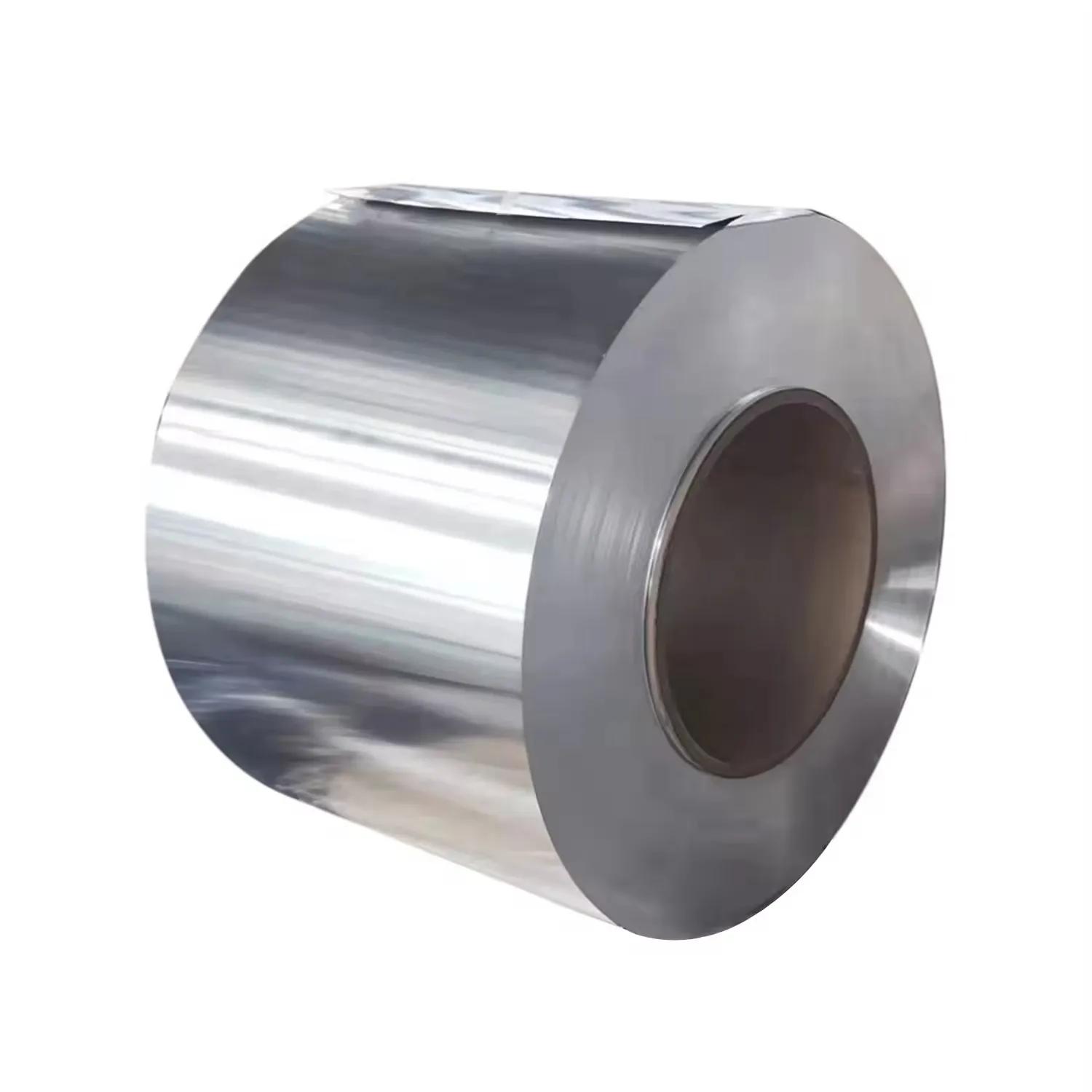파이프 제조용 열연강대는 유류 및 가스 수송, 급수 시스템, 건설 및 구조 지지대 등 다양한 분야에서 사용되는 강관 제작에 있어 필수적인 소재입니다. 강대의 품질과 성능은 파이프의 완성도와 기능성에 직접적인 영향을 미치므로 배관 산업에서 핵심적인 구성 요소로 간주됩니다. 열연강대를 이용한 파이프 제조에는 성형, 용접, 마무리 처리 등의 여러 공정이 포함되며, 각 공정에서는 강대가 특정한 기계적 및 물리적 특성을 갖추고 있어야 합니다. 파이프 제조용 열연강대는 일반적으로 탄소강 또는 저합금강으로 만들어지며, 화학 조성은 다양한 파이프 규격 및 용도에 맞게 설계됩니다. 예를 들어, 유류 및 가스 송유관에 사용되는 파이프는 높은 내압성, 외부 하중 저항성, 부식 매체 저항성이 요구되므로 고강도, 우수한 용접성 및 내식성을 갖춘 강대가 필요합니다. 파이프 제조용 열연강대를 규정하는 일반적인 규격으로는 API Spec 5L(배관용 강재), ASTM A53(일반용 파이프), ASTM A106(고온용 파이프) 등이 있습니다. 이러한 규격들은 화학 조성, 기계적 특성, 시험 절차에 대한 요구사항을 명시하여 파이프가 의도된 용도에 따라 안전성과 성능을 만족하도록 보장합니다. 파이프 제조용 열연강대의 제조 공정은 슬랩 생산을 시작으로 고온에서 가열 후 압연하여 코일 형태로 제작되는 과정을 거칩니다. 열간 압연 공정은 강재의 결정립 구조를 개선하여 인장 강도 및 연성과 같은 기계적 특성을 향상시키는 역할을 합니다. 또한, 강대의 두께와 폭은 제작되는 파이프의 사양에 정확하게 일치하도록 엄밀히 통제됩니다. 열연강대가 준비되면 나선 용접 또는 종동 용접 등의 다양한 방법을 통해 파이프로 성형됩니다. 성형 공정 중에는 강대가 충분한 성형성을 가져 굽힘 및 가공 시 균열이나 변형 없이 견뎌내야 합니다. 또한 용접성이 또 하나의 중요한 특성인데, 이는 용접부의 품질이 파이프의 강도 및 누설 밀폐성에 직결되기 때문입니다. 성형 및 용접 이후 파이프는 수압 시험을 통해 설계 압력에 견딜 수 있는지를 검증하며, 비파괴 검사를 통해 용접부나 강재 자체에 결함이 없는지를 확인합니다. 최근 몇 년간 파이프 제조용 열연강대에 대한 수요는 신규 시장에서의 유류 및 가스 인프라 확장뿐만 아니라 급수 및 오수 시스템에 대한 투자 증가에 의해 주도되어 왔습니다. 또한 해상 풍력 발전단지 및 지열 에너지 시스템과 같은 재생에너지 프로젝트에서 강관 사용이 늘어나면서 새로운 수요 창출의 기회가 되고 있습니다. 이러한 변화하는 수요에 대응하기 위해 제조사들은 고강도, 우수한 내식성, 개선된 용접성을 갖춘 첨단 강종을 개발하고 있습니다. 예를 들어 고강도 저합금강(HSLA)은 더 가볍고 튼튼한 파이프 제작에 점점 더 많이 사용되고 있으며, 이는 자재비 절감과 운반 효율 향상에 기여합니다. 파이프 제조용 열연강대 시장은 또한 환경적 고려사항에도 영향을 받고 있으며, 강철 생산 과정의 탄소 발자국 감소 및 지속 가능한 제조 방식 도입에 초점을 맞추고 있습니다. 전 세계적으로 파이프라인 네트워크가 계속 확장되고 현대화됨에 따라 파이프 제조용 열연강대가 유체 및 가스의 안전하고 신뢰성 있는 수송을 보장하는 데 있어 여전히 필수적인 역할을 할 것입니다.


